I’ve heard many stories about cork on my Eco-friendly journey, most people had good things to say about the material. There were a lot of claims promoting the benefits and uses of cork.
It wasn’t long before I got curious.
So I went and did some research to figure it all out.
Is it true?
Is cork a sustainable material for your business uses?
Our journey starts by looking at what cork actually is, then we see how it can be used, specifically in what industries. After that, we will scratch the surface and determine if it’s actually Eco-friendly or not.
Let’s start!
What is Cork and Where Does it Come From?
Cork comes from the cork oak trees, it’s actually a very useful material. It’s the bark from the Quercus suber tree. You can find it naturally growing in southwest Europe and northwest Africa.

This is the general area where it’s from but is it the only place that cork trees grow? Be assured, today places all around the world currently grow cork trees, although the Spanish and Portuguese are the masters of cork tree growing.
Cork trees are actually pretty heavy-duty, they have several properties that make them useful. They’re also said to be quite environmentally friendly. When you look at cork, there are many interesting properties of note:
- Cork is Waterproof
- It’s a Fire Retardant
- It’s Quite Flexible
- It’s a Very Good Insulator
We’re finding out that it has much more uses in the environment today than we ever thought. Let’s have a look:
What are the uses of Cork?
Cork has some thermal, acoustic, and electrical isolation features that make it very versatile. For this reason, it’s used in a fair amount of ways. The following list includes 7 uses of cork in various industries:
1. Industrial Application of Cork
To create industrial-grade cork in factories, they will mix different kinds of rubber with cork granules. The end product exhibits excellent wear resistance and heat resistance properties. This is what makes cork an ideal sealant for a variety of applications. It’s been used for a long time in the automobile and electrical industries. Some of you working as mechanics will remember seeing cork used in gaskets and seals.
2. Cork for Interior Decoration
The uses of cork in interiors: A good material like cork can be used to make beautiful-looking furniture in your house. It has a lot of decorative appeal if you get creative with it. It can be used on your floor or even on your ceiling. If possible, it can even be used on your walls. If you take a look online, like here at Portugal Cork, it’s now available in a wide range of colors and sizes. One of the main reasons why the majority of people like using cork in interior décor is because of its natural honey tone.
Other popular colors you might see include green, black, chocolate, and red. The variety is likely to meet your expectations.
Another good reason to use cork in interior décor is that of its ability to blend perfectly with other interior decorations and even with any type of texture on your furniture. On top of that, cork materials used for interior décor provide thermal and sound insulation perfect for the living room. The best part? It needs minimal maintenance.
It can be used to make tiles of all thicknesses, densities, and finishes. The tiles can also be produced in a wide range of models using a decorative sheet between the agglomerate underneath and the transparent PVC.
I bet you have come across cork tile pavements. They are warm, quiet, and comfortable. Cork tiles are also highly scratch-resistant, that’s why they are used on all sorts of public buildings including schools, government offices, and hospitals. Cork tiles also have a distinctive look and are quite durable.
You could install them at every corner of your house to fancy it up like in the movies. You can choose cork instead of wood to create a similar effect. They are resistant to humidity and also benefit by providing a non-slippery surface. You could see that as the reason why they are highly recommended by professionals for use in your kitchen and bathroom. Their good look and durability are surely something to take into consideration.
Don’t forget that cork can also be used to make wallpapers. Cork wallpapers are made of cork glued on top of colored backing papers. You can use the cork wallpapers in a specially dedicated area of your house to enhance its look, try it, you will love it.
When it comes to cork and its uses in interior home design, you can check out many great ideas shown here at Architectural Digest.
3. The Use of Cork in Leisure Activities
If you are fond of sports, then I’m certain you have come across some equipment made using cork materials. In the United States, you can see it used in various things like shuttlecocks, baseballs, cricket balls, pool sticks, and even bodyboards. I’ve also seen them used in table tennis paddles and I found out it’s even in whistles, the pea in the middle is cork!
4. Cork Use in Leather Industry
As I had already mentioned, cork can be used in almost all industries. I bet you have never thought of cork being used in the leather industry, but the reality of the matter is, it can be mixed with other components to make products such as handbags, travel cases, wallets, and document holders.
5. Cork in The Beverage and Food Industry
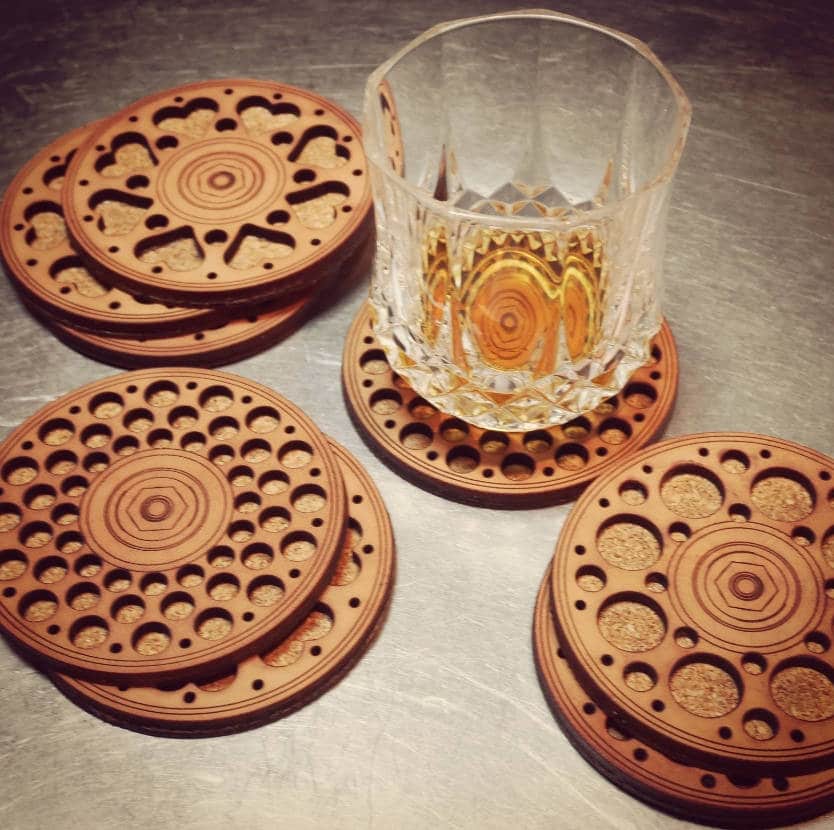
You have interacted with cork in the food industry before. Cork is commonly used to make coaster plates and bowls. One of the most famous uses of cork is in making cork crowns. You will notice that most wine bottles use a cork as a plug, there is some science behind it that’s very well explained here at Wine Folly. Also for the ones who like to indulge after eating a hearty meal, cork is be used in specialty ashtrays to clean your pipes.
6. Cork Use in The Construction Industry
Cork is also highly used in the construction industry because of its properties. It has all the best properties to serve as a thermal and sound insulation material. As the price of oil and its construction purposed byproducts increase, cork is becoming highly considered as the alternative in this industry. Cork granules can also be used to make cork agglomerate or black agglomerate. They can be made of any size which is used in the production of wall tiles. Cork agglomerate is now being used as insulation in walls, roofs, and ceilings.
Finally, cork is used in the construction industry for compression and expansion joints in concrete structures. What this means is that it can be used in the construction of dams, tunnels, and any other concrete structures.
7. Cork Uses in the Refrigeration Industry
Cork maintains its natural properties even during extreme temperatures. What this means is that it can be used in the construction of cold rooms. It’s useful to lag pipes carrying water and other liquids while also being perfect for insulating water tanks. It also doesn’t emit any harmful chemical or gas, making it is a considerable option in the insulation industry. Its secret is in the extra properties that most of the insulating materials don’t have.
8. Uses of Cork for Technology
Finally, we have to look at the various uses of cork in technology. Recently, cork has been used as a heat shield in missiles, rockets, and bombs. The main aim is to protect the rocket against extremely high temperatures which are caused by the friction on re-entry into the earth’s atmosphere.
Cork is also used in warships for high efficient insulation of steam pipes and ventilation equipment. The other property that makes cork very useful in technology is its lightweight and flexibility, as opposed to metal. It’s surprising to think that cork has been used in all these high-end technologies, it’s even been used in the internal insulation of submarines.
Now to the question we’ve all been waiting for…
Is Cork Actually Eco-friendly?
As the general population is becoming more Eco-conscious, we more often than not seek to understand the impact that our own activities have on the environment. Different industries are realizing this and adapting to make it right. Companies are now often looking for environmentally friendly materials. The good thing is that there are more and more Eco-friendly materials being discovered every year and people are mentioning cork as one of them.
7 Reasons why cork has been mentioned as an Eco-friendly material
- It doesn’t give off chloride, cyanide or any other harmful gas when burnt. That’s assuming the cork makes it to the waste facility and ends up being burnt. What this means is that it reduces the chances of polluting the environment.
- Cork is 100% biodegradable, recyclable, renewable and natural. It’s easy to say it’s a sustainable material. It has been around for some time but it’s only been in its golden age recently and many sectors are turning into it.
- One of the best alternative to leather and plastics. In fact, cork is getting popular because of its aesthetic properties.
- It is naturally harvested from the cork oak. Cork is one of the greenest material that people have ever come across. The reason I’m confident about this is that cork is actually very natural. Remember that cork is harvested at the bottom part of the tree meaning that the tree is not affected and hence it keeps offering fresh air for human benefits. For this reason, it is one of the most renewable and Eco-friendly materials on earth.
- Cork can be harvested every nine years but you have to think, the tree continues to take in carbon dioxide and reduce its effect on the ozone layer. There are several experts that argue cork harvesting can help reduce the effect of our deeds on global warming.
- Cork trees can live for almost 300 years, according to studies. What this means for you and the environment is that it can continue offering the benefits and at the same time provide a source of cork.
- As the demand for cork increases, supply will adjust by planting more and more trees which in fact is very beneficial to the environment.
5 Ideas for Cork Products
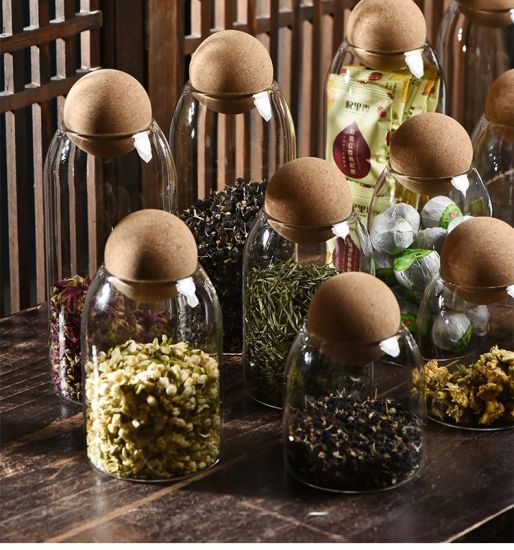
1. Cork Sealed Jars
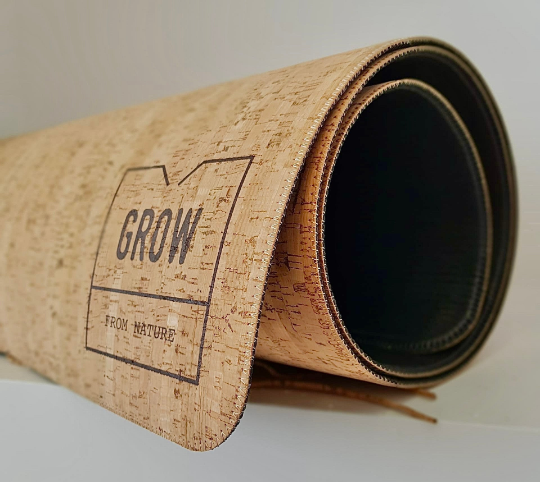
2. Cork Yoga Mat
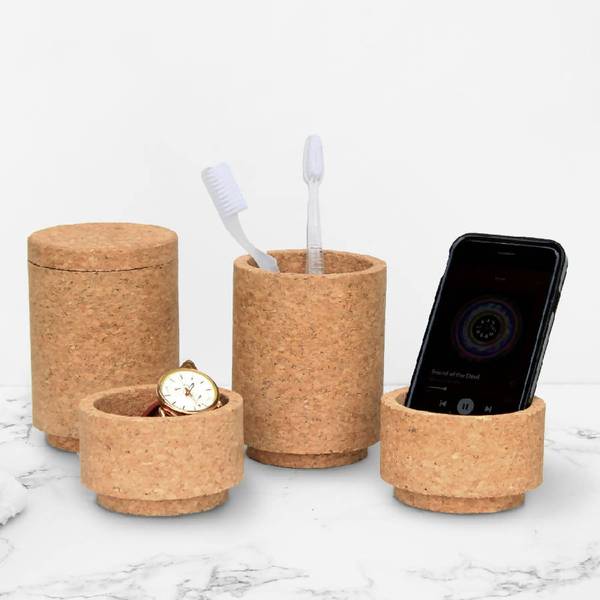
3. Cork Containers
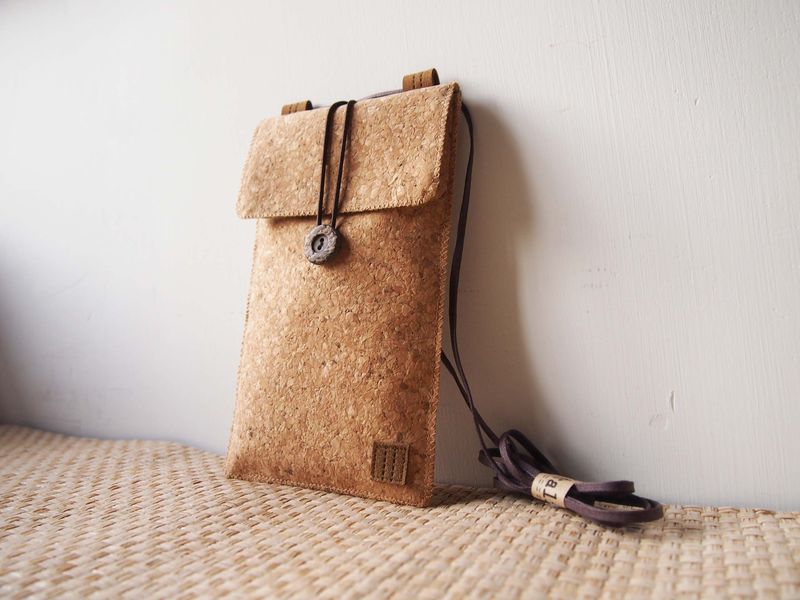
4. Cork Phone Bag
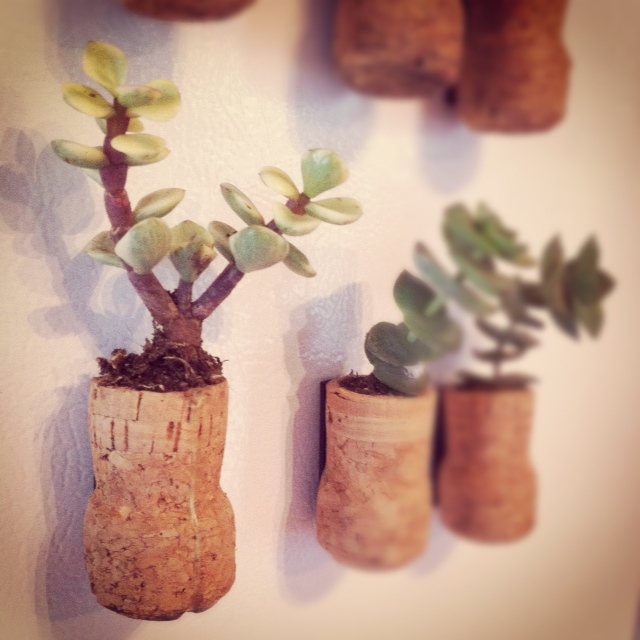
5. Cork Succulent Pot
The Bottom Line
My initial thoughts misled me to think that for the cork to be harvested, people had to cut down cork trees.
As I delved into my research, I came to realize that cork is actually very Eco-friendly. It can be harvested while at the same time keeping the tree alive.
It’s highly renewable and the bark grows back every nine years which makes it quite sustainable. Cork trees can grow very large since they don’t have to be cut down.
Cork products being biodegradable means they cannot affect the environment in any way even when disposed of.
Lastly, harvesting cork is a highly skilled job. For this reason, it offers job opportunities to a significant number of young people in the industry.
What do you think?
Would you give your seal of approval for cork?
Hey, if you know of any other uses of cork, let the community know in the comments below!
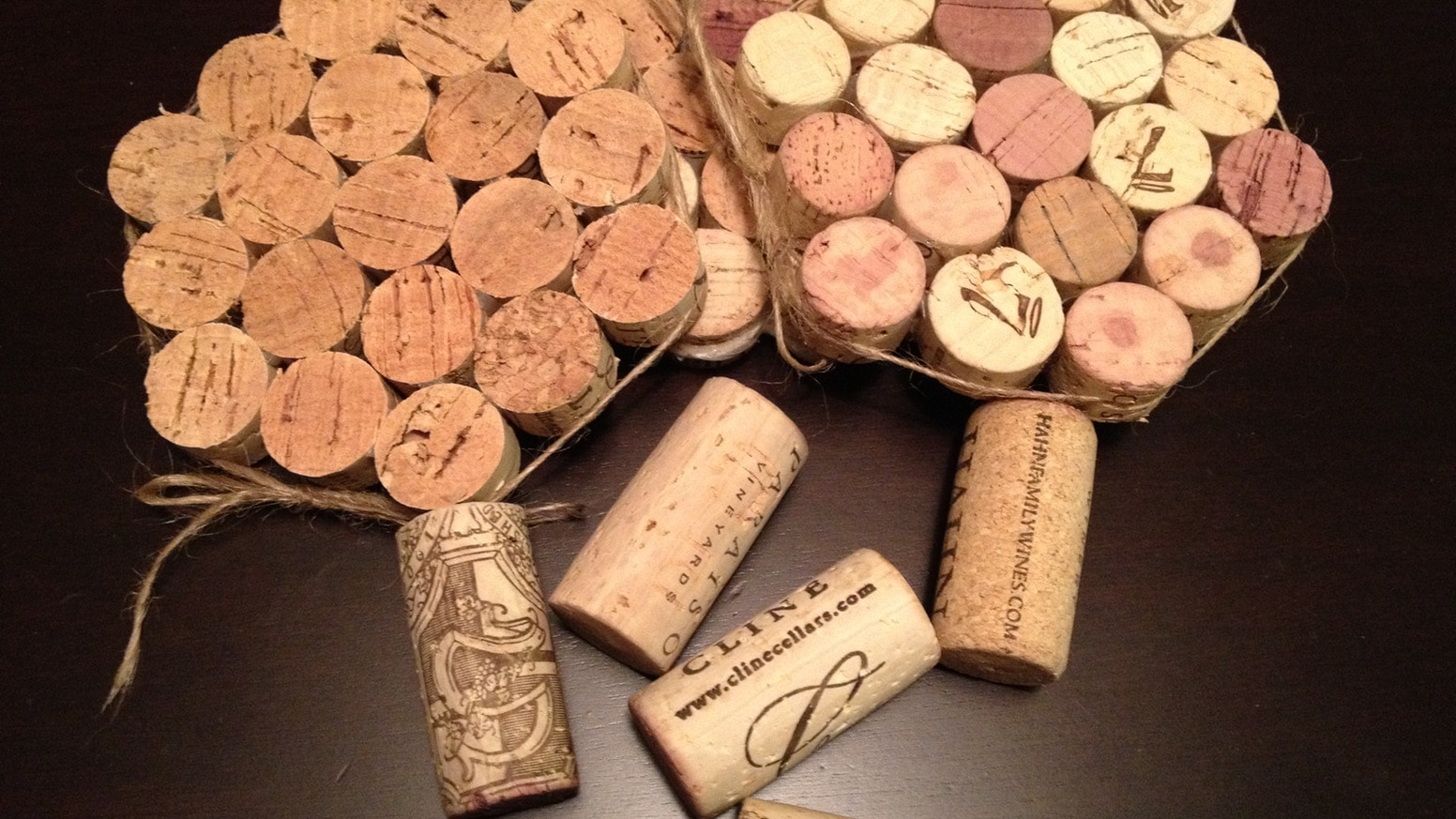

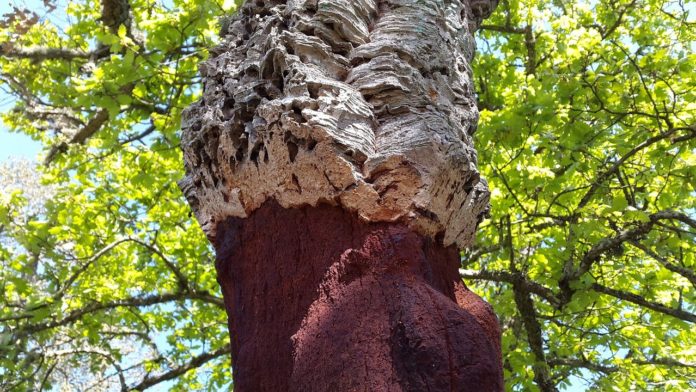
Nice article. Cork is a fantastic material – beautiful, natural, renewable, recyclable with brilliant thermal properties (used by NASA to insulate rocket parts) and acoustic properties.
Who knew right? It’s a hidden gem of a material with countless uses.